
This project begins with 神農Shennong, the god of medicine. In ancient Chinese legend, 神農Shennong was a sun god and ancestor who was born human but grew up to be a combination of a cow and a dragon. He tasted hundreds of grasses and encountered 72 poisons in a single day, dying and rising again and again to test the medicinal properties of plants. Eventually, he was poisoned during his investigation and died, and his 'labelling' became a book that was passed down to later generations and became the basis of medicine.
This early labelling by 神農Shennong is similar to the human labour of 'labelling' AI in the information society. As we know, AI is trained on "data" and assembles new outcomes. While AI models have evolved and may no longer use human labels, human roles and labor are still important. Even after training and tuning, there is also the labour of data cleaning, which involves checking additional data collected automatically. But unlike the sacrifices of the God, this modern-day data labour is hidden behind the magical name of "artificial intelligence".
The goal of the project is to make this 'data labour' visible and to question how we should accept this phenomenon in a world where AI is increasingly taking over our lives.
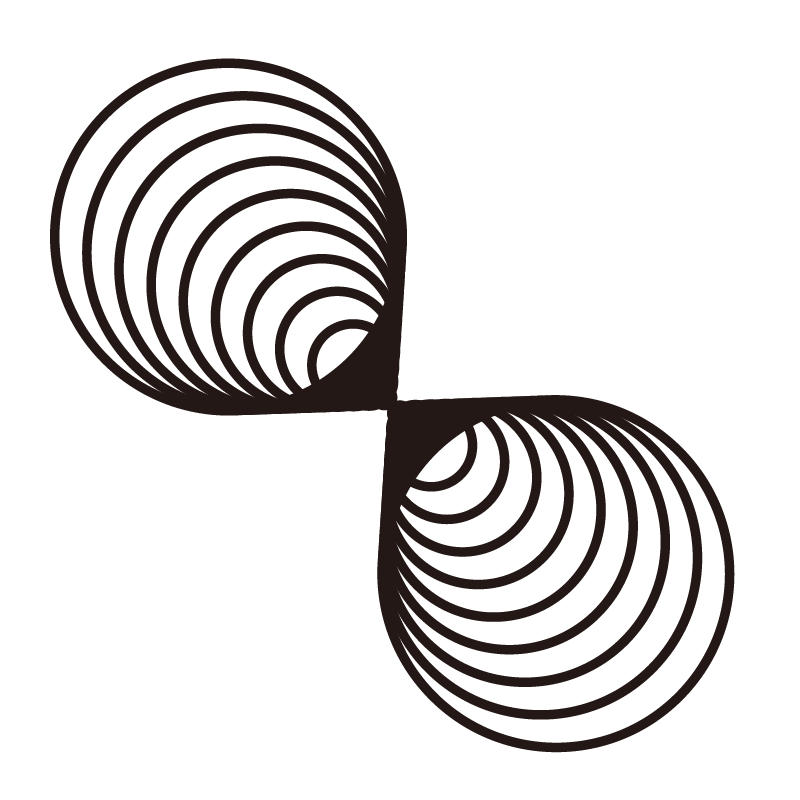
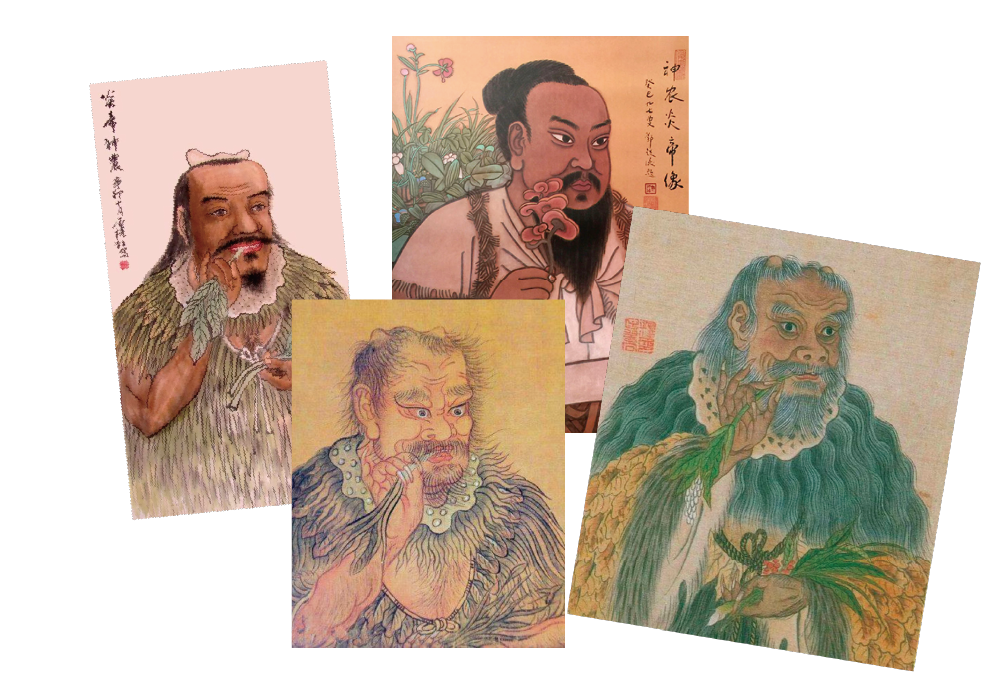


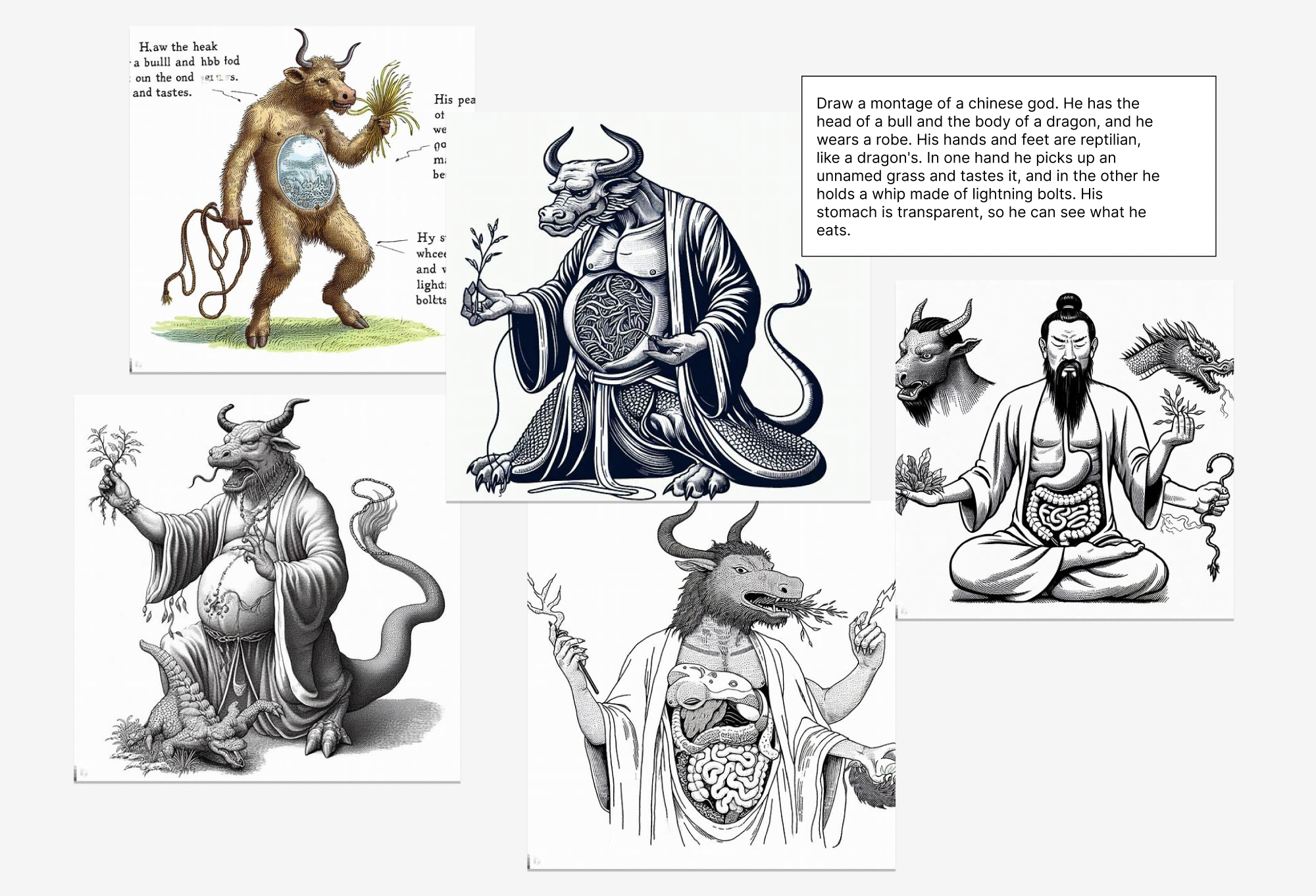
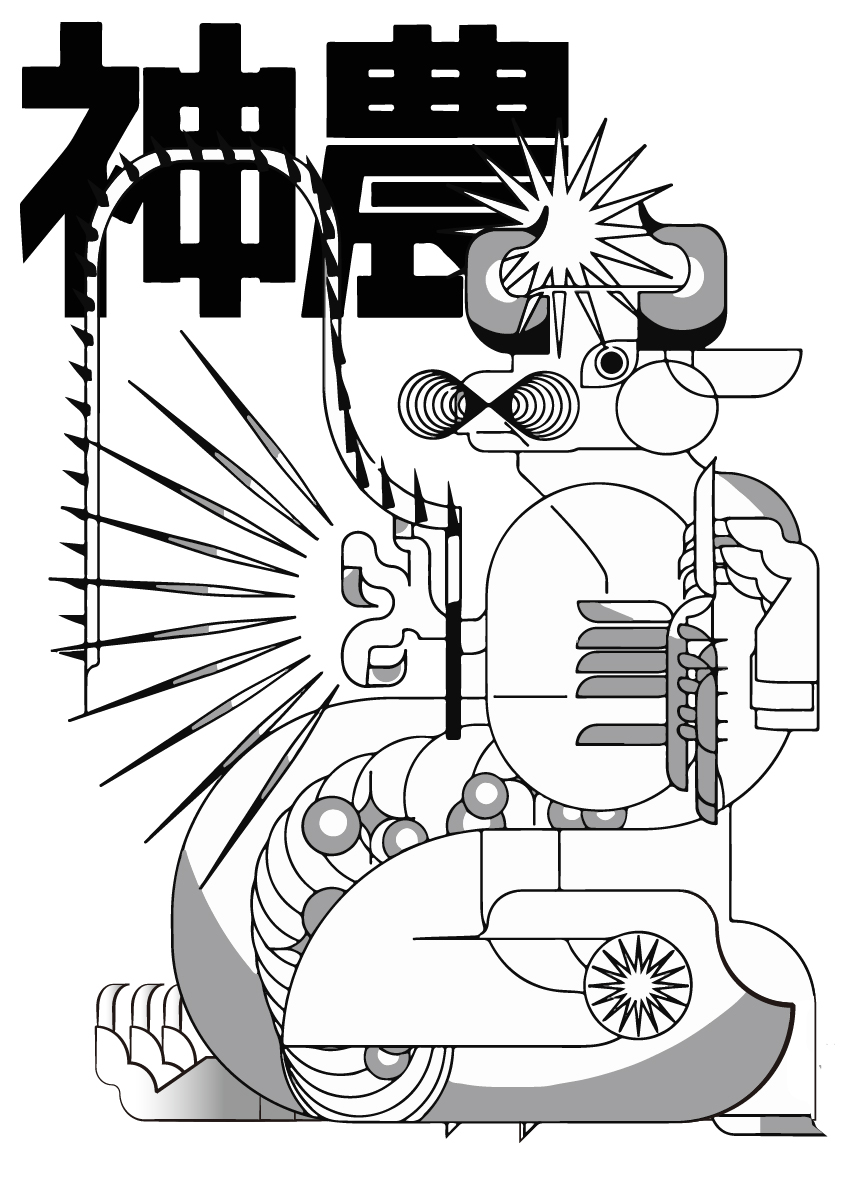
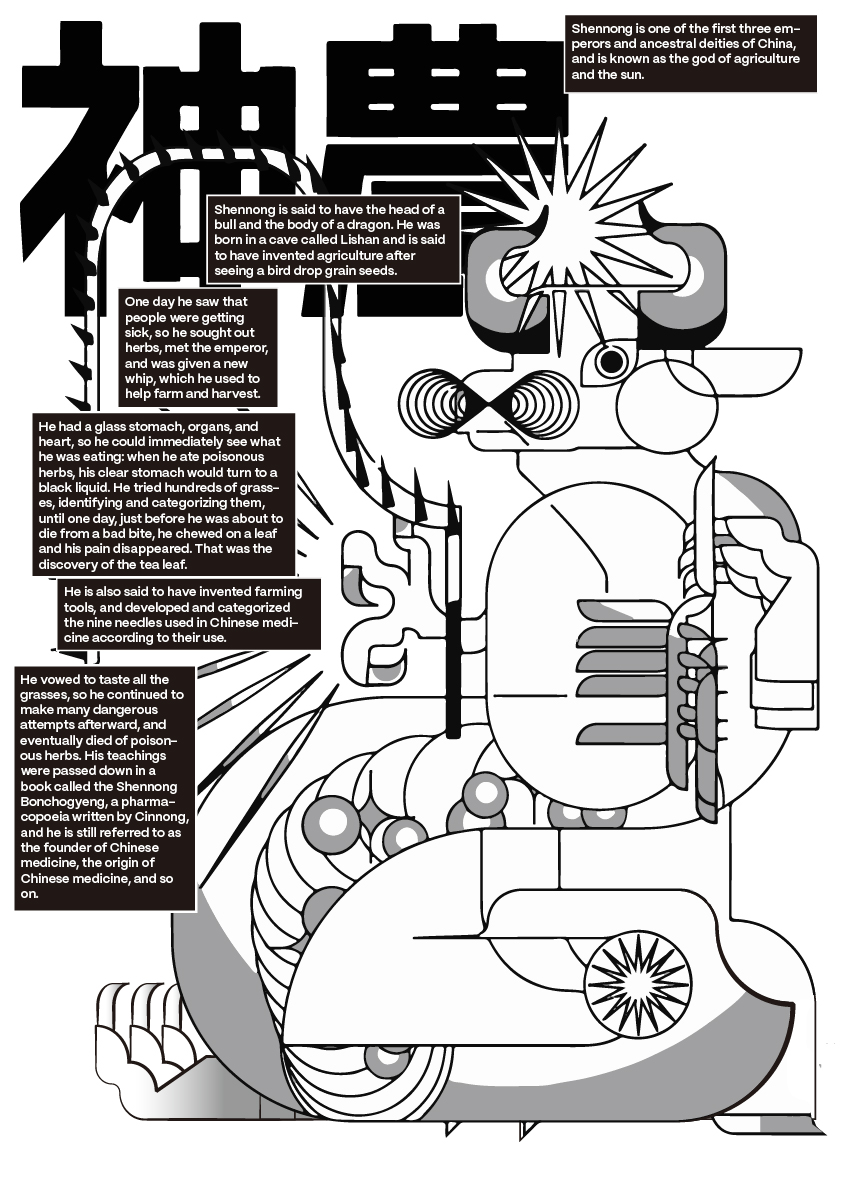
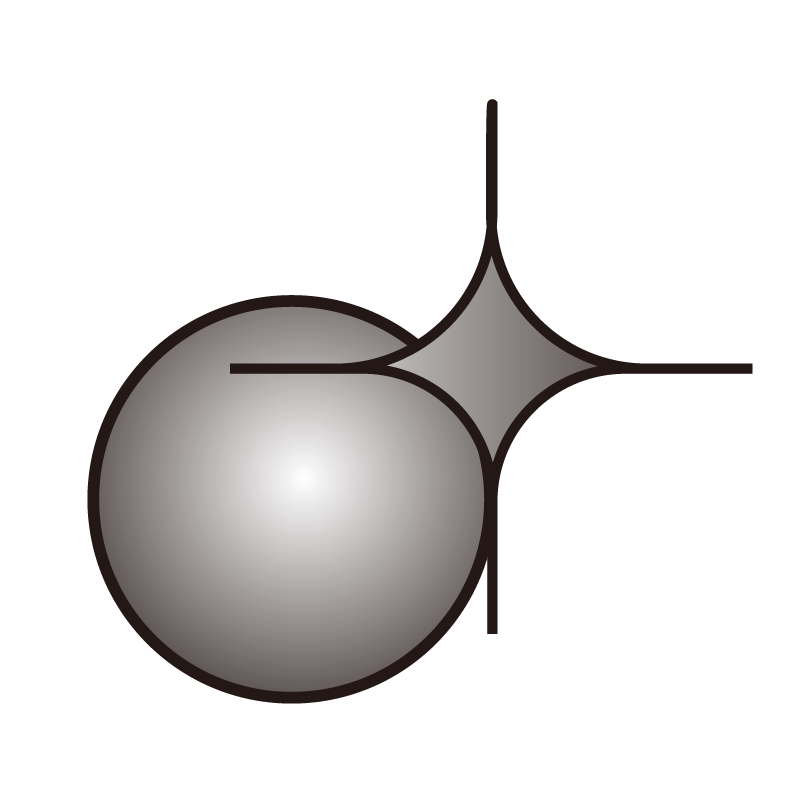





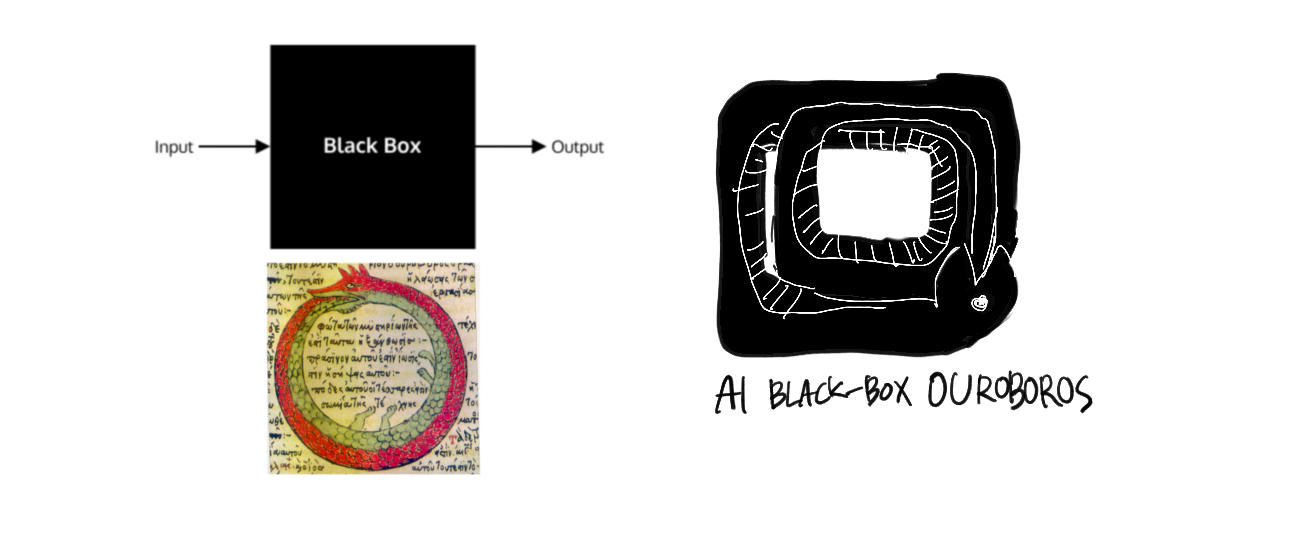
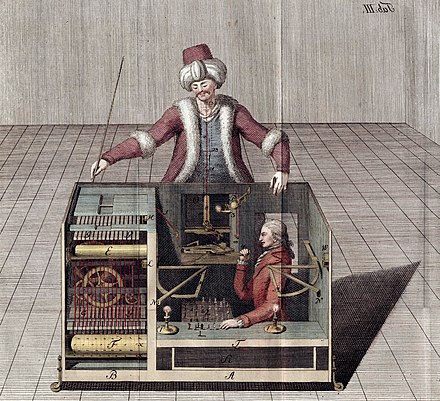 This is a mechanical turk, which literally means "mechanical Turkish" and refers to an automaton robot in the shape of a Turkish man who became famous in 18th century Europe for playing chess by himself. As you can see in the picture above, it was later discovered that the mechanical turk was not an automaton, but a human chess player under the table.
This is a mechanical turk, which literally means "mechanical Turkish" and refers to an automaton robot in the shape of a Turkish man who became famous in 18th century Europe for playing chess by himself. As you can see in the picture above, it was later discovered that the mechanical turk was not an automaton, but a human chess player under the table.